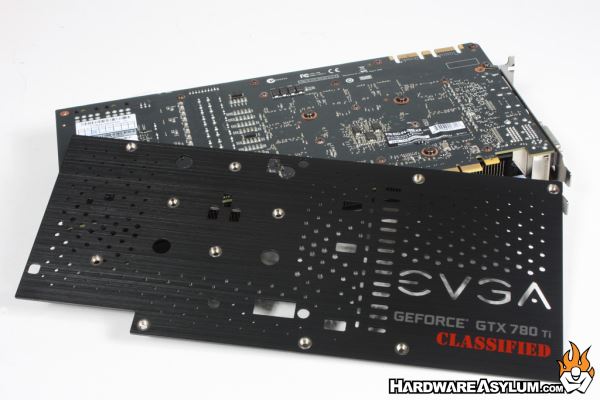

What if you’re not a gamer or don’t mind checking the GPU temperature in-game? So you’ll want to install hardware monitoring software that connects to your system’s temperature sensors. Read Also: How to Fix ‘Amazon Fire TV Stick Black Screen’ Issue This very popular utility works with Nvidia GeForce and AMD Radeon graphics cards, and provides several features players are welcome. Tons are available, but we tend to recommend MSI’s Afterburner tool for its versatility. These tools often include persistent on-screen display (OSD) options that show your graphics card’s most critical measurements, similar to AMD’s Radeon Overlay. Many video card manufacturers also offer specialized software that allows GPU overclocking. Press Alt + R to invoke or dismiss the GFE performance overlay at will once you configure it up. You’ll see the overlay appear in the chosen location with several visible metrics, including GPU temperature. Activate the “In-Game Overlay” option.Ĭlick the Settings button, in the overlay that appears, select HUD Layout > Performance > Advanced and select where you want the overlay to appear on the screen. Once you are, open it up and click the gear icon next to its name to open Settings.

To enable it, make sure you have GeForce Experience installed. Read Also: Facebook Story vs Messenger Story: Everything you need to know After promising not to explode up your graphics card if you wildly overclock it with the tool, you’ll have access to Wattman, which tracks GPU temperature and other important statistics in graphical form. Right click on the Windows desktop, select Radeon Settings and go to Gaming > Global Settings > Global Wattman. What if you’re not playing a game? You can still check the temperature of your Radeon GPU by entering the Wattman overclocking tool under Radeon Settings. after defined up, You can bring up the performance monitoring tool alone by pressing Crtl + Shift + 0.

To activate the tool, invoke Radeon Overlay by pressing Alt + R and select which performance aspects you would like to keep in the Overlay Performance Monitoring section.

It also includes a performance monitoring tool that displays GPU temperature and other crucial information as you play. AMD’s Radeon Overlay provides useful tools for adjusting the game’s visual settings when you invoke it. If you are running an AMD Radeon graphics card with an up-to-date version of the Radeon Settings application, controlling the graphics card temperature is simple.


 0 kommentar(er)
0 kommentar(er)
